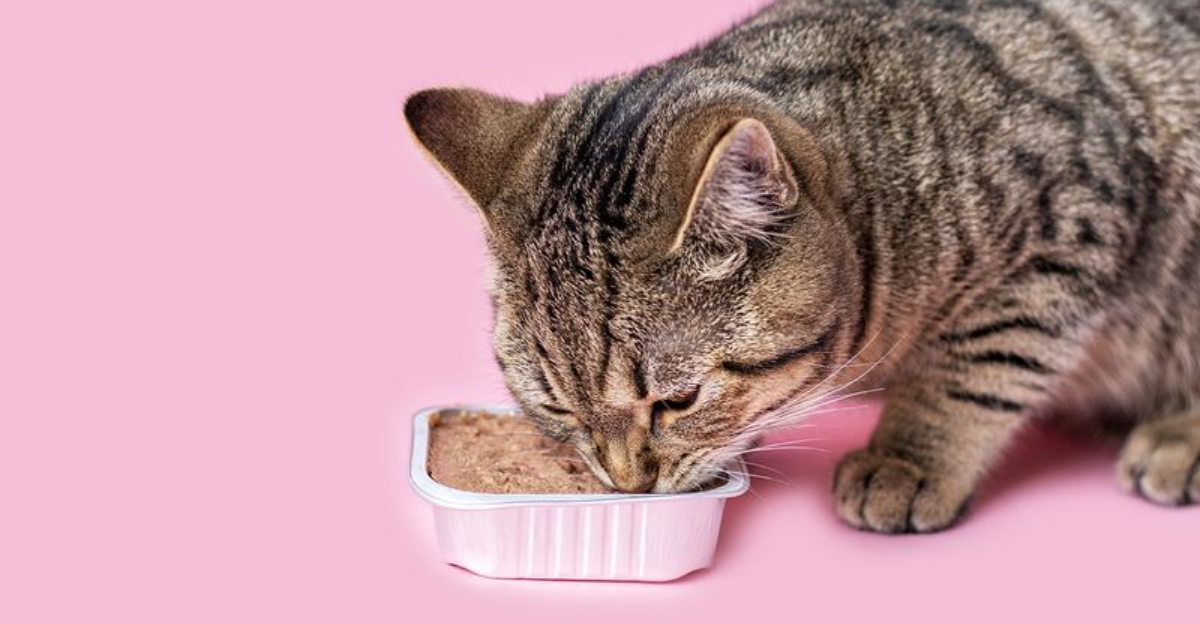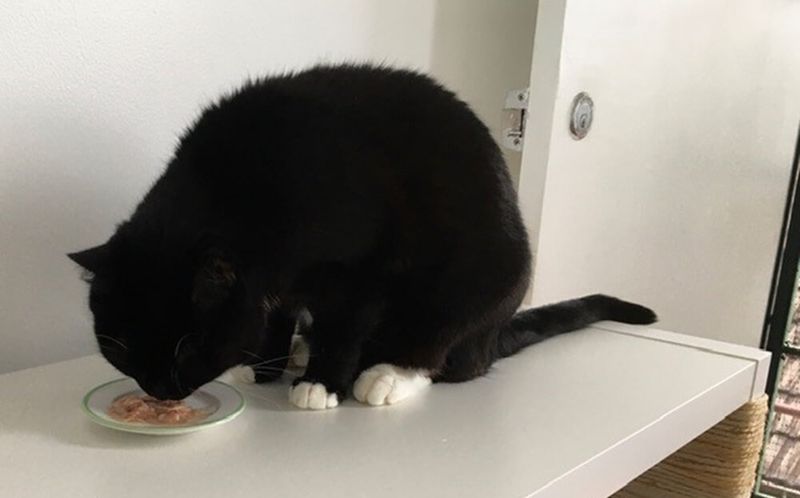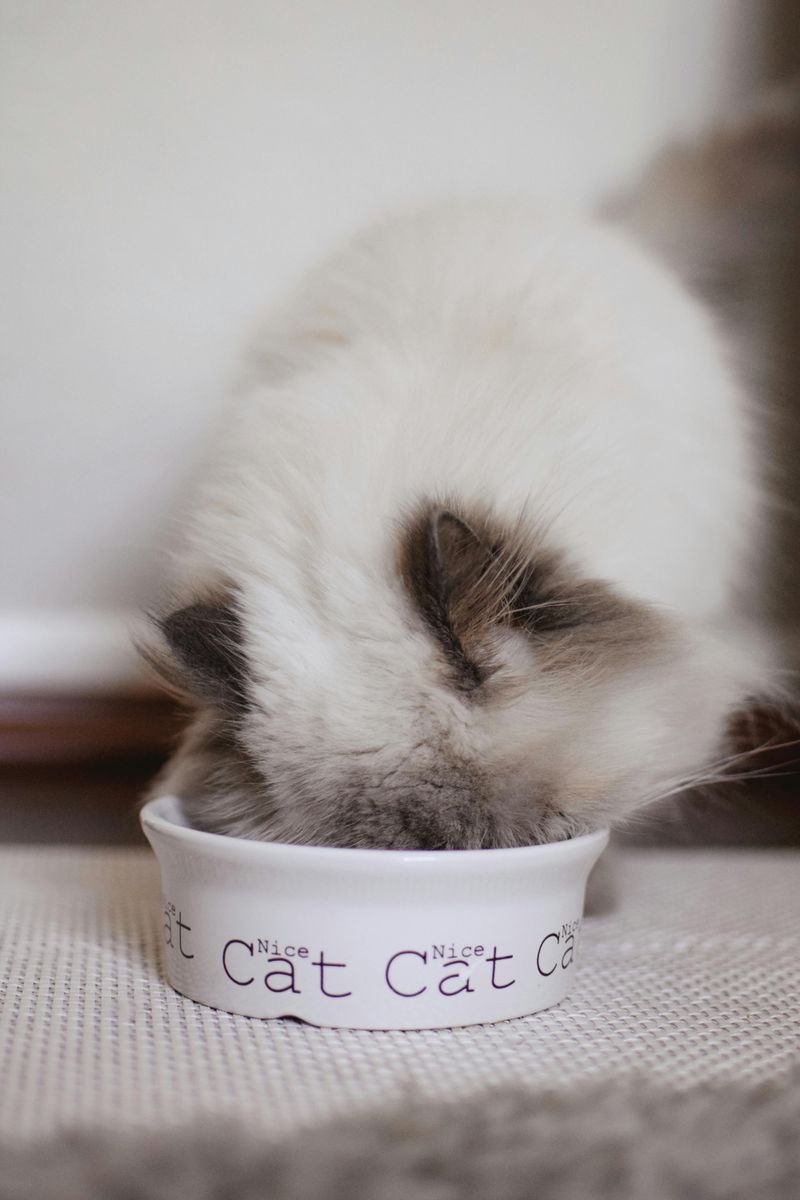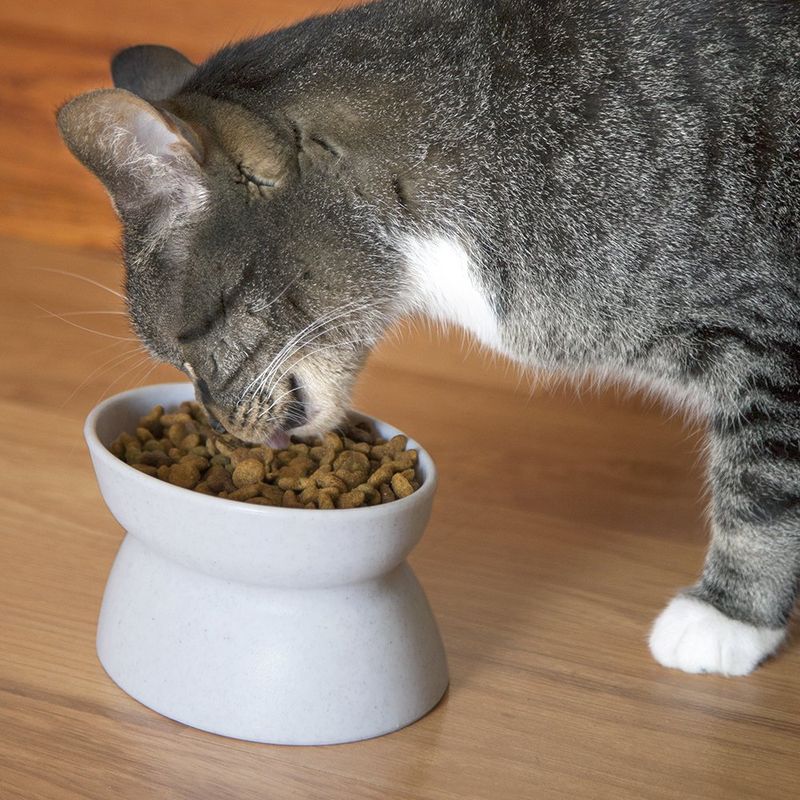📖 Table of Content:
If you’ve ever stared helplessly at your cat as they sniffed their bowl with disdain and walked off like you just served them disappointment on a plate—you’re not alone. Feeding a picky feline can feel like you’re hosting a five-star restaurant with a customer who refuses to eat unless the stars align just right. And while it’s tempting to resort to treats, tuna bribery, or interpretive dance, there are simpler and healthier ways to get your kitty back on the mealtime train.
Treats, while helpful in moderation, can become a crutch that both you and your cat lean on too much. Over time, this can create a finicky eater who holds out for snacks instead of proper nutrition. Plus, excess treats often come with extra calories, added sugars, and the potential for some serious side-eye from your vet. The good news is, there are cat-approved techniques that don’t require manipulation or guilt trips. You can gently train your cat to eat their regular meals with a little patience and strategy. Think of it as mealtime mindfulness—cat style. No drama, no begging, no bribery.
Ready to ditch the treat trail and serve up success at the food bowl? Here are 8 easy and effective ways to encourage your picky eater to chow down—without the games.
1. Establish a Consistent Feeding Schedule
Start with structure—cats are creatures of habit, and they find comfort in knowing when to expect their next meal. Feeding at random times can actually stress your cat out and contribute to disinterest in food. If meals happen on a clock, their little stomachs learn to signal hunger right on time. It’s like training a furry alarm clock—but with less noise and more purring. Try offering meals twice a day, about 12 hours apart, and removing uneaten food after 20–30 minutes. This sets clear boundaries and signals that mealtime is a now-or-never kind of deal. Eventually, your cat will adapt to the routine and show up with an appetite.
2. Warm Up the Food Slightly
There’s something about a warm meal that brings out the inner gourmet—even for your cat. Refrigerated wet food can smell bland and uninviting straight out of the can. Pop it in the microwave for 5–10 seconds, give it a good stir, and suddenly you’ve got steam, scent, and interest. Be sure to test the temperature with your finger to avoid creating a mouth-scorching disaster. This trick works especially well with older cats whose sense of smell may be less sharp. A little warmth goes a long way in triggering their appetite. It’s basically cat comfort food—with science.
3. Rotate Food Textures, Not Just Flavors
Texture can be just as important as taste when it comes to feline food preferences. Some cats loathe pâté but will devour shredded meat like they’ve been in the wild all week. Switching up styles—pâté, mousse, minced, gravy-covered chunks—keeps things interesting without you having to buy the entire pet food aisle. Just introduce new textures slowly to avoid upsetting sensitive stomachs. You might even find a texture your cat consistently prefers, which makes future shopping easier. Consider mixing two textures for a “cat fusion” effect—yes, that’s a thing. Who knew your kitchen was a test lab for feline fine dining?
4. Use a Puzzle Feeder or Food Toy
Dinner doesn’t have to be boring—turning meals into a mini hunt taps into your cat’s natural instincts. Puzzle feeders and food-dispensing toys transform kibble time into playtime, which keeps their brains and bellies happy. It also slows down scarfers and distracts picky eaters from their usual drama. Think of it as the feline version of earning your paycheck before the pizza. These toys come in all shapes and sizes, from rolling balls to lick mats to complex mazes. Even wet food can be served creatively in puzzle bowls or silicone molds. Once it becomes a game, your cat may be more likely to join in and finish their meal.
5. Limit Snacks and Human Food
Snacks are like cat crack—they’re delicious, addictive, and quickly overshadow real meals. If your cat is holding out for the next cheddar cube or chicken strip, it’s time to cut back. Human food can skew their taste expectations and even lead to health issues. Gradually wean them off table scraps and only use treats sparingly, ideally for training or bonding. Removing snack options makes regular meals more appealing, especially when there’s no “better offer” on the side. Your cat might sulk at first, but don’t give in—it’s for their own good. Eventually, hunger and habit will win.
6. Provide a Quiet, Stress-Free Eating Area
Ambience matters, even for your cat. Mealtime surrounded by loud TVs, children, or other pets can create anxiety, and anxious cats don’t eat. Choose a peaceful, low-traffic corner of your home for feeding—bonus points if it’s away from litter boxes and other animals. If you have multiple pets, consider feeding them in separate rooms to reduce tension. Sometimes just moving the food bowl to a different location can solve the mystery of a vanishing appetite. Look for signs of stress like tail twitching, pacing, or abrupt bowl abandonment. A calm, quiet setting can turn your cat from a food avoider into a meal enthusiast.
7. Clean the Bowl—And Try a New One
Nobody wants to eat off a crusty plate, and your cat is no exception. Old food residue, odors, and even scratches on plastic bowls can deter them from eating. Swap plastic for stainless steel or ceramic, which are easier to clean and don’t trap smells. Wash bowls daily with hot, soapy water (yes, even if it looks clean). You’d be surprised how often cats reject meals simply because the bowl “smells weird.” Sometimes, even the shape or depth of the bowl can be a dealbreaker. If all else fails, serving food on a flat dish or shallow saucer can work wonders.
8. Offer Smaller, Frequent Meals
Big meals can be intimidating—especially for cats with tiny tummies or finicky moods. Offering smaller portions more often mimics a cat’s natural hunting behavior, where they catch multiple small prey throughout the day. Split your cat’s daily food into 3–4 small servings instead of one or two large ones. This encourages steady eating and avoids overwhelming them with too much at once. You can also gauge which times of day they’re most receptive and plan around it. Over time, they’ll eat more consistently and without resistance. Sometimes, less on the plate means more in their belly.








